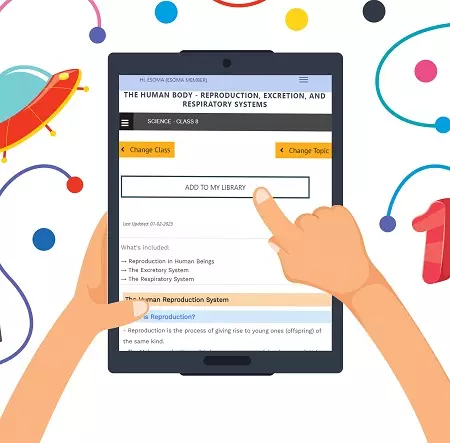Question
Highlight the major differences between goods and services
Answer
What are Goods?
Goods refer to tangible, physical products that can be seen, touched, and stored. They are generally produced and manufactured, and they are tangible objects that can be bought and sold in the market. Examples of goods include clothing, electronics, furniture, automobiles, and food items. Goods have a physical presence and can be physically possessed, transported, and exchanged.What are Services?
Services, on the other hand, are intangible activities or performances that are provided to fulfill a specific need or desire. Services are actions or tasks carried out by individuals or businesses to assist, support, or provide expertise to others. Examples of services include healthcare, education, legal advice, haircuts, transportation, and consulting. Services are often experienced and involve the provision of skills, knowledge, or assistance to customers.Key Differences Between Goods and Services
1. Tangibility: Goods are tangible, physical objects that can be seen and touched, while services are intangible and cannot be physically possessed.2. Production and Consumption: Goods are typically produced before they are consumed, whereas services are often produced and consumed simultaneously.
3. Storage and Transport: Goods can be stored and transported as inventory, whereas services are not stored and are consumed in real-time.
4. Perishability: Goods can be stored for future use, while services are perishable and cannot be stored or inventoried.
5. Customization: Goods are often standardized and have limited scope for customization, while services can be highly personalized and tailored to meet specific customer needs.
6. Evaluation: Goods can be evaluated based on their physical attributes and quality, while services are evaluated based on the experience, expertise, and outcomes delivered by the service provider.
7. Ownership: Goods can be owned and transferred as property, while services are temporary and do not involve ownership.

